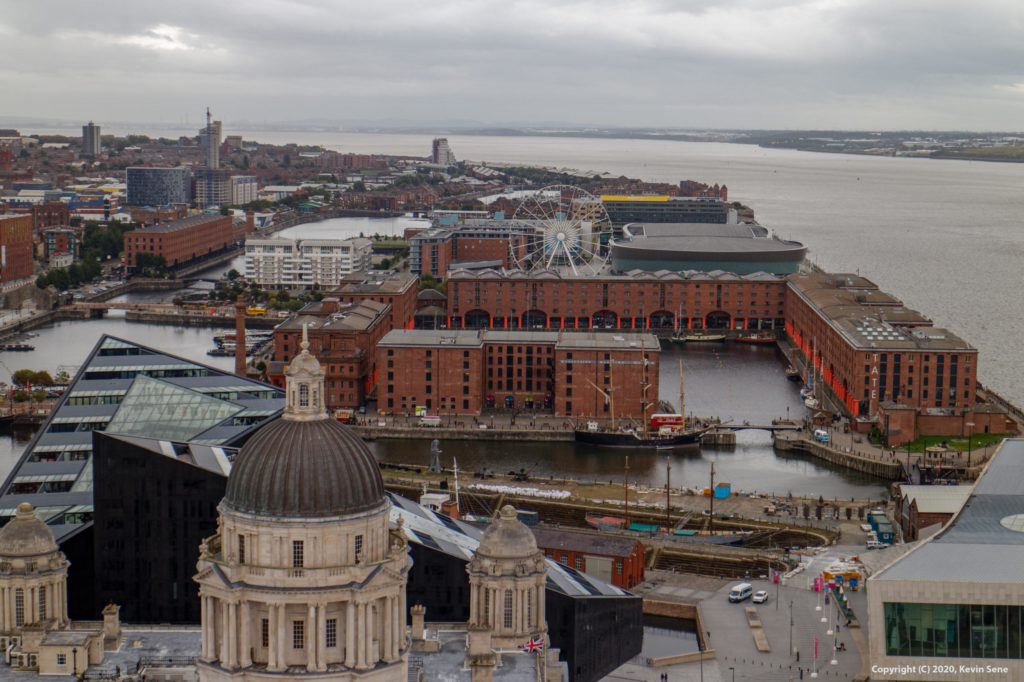The Dutch are famed for their skills at land reclamation but there have been some impressive feats in the UK too, such as at Belfast’s harbour and in the Fens of East Anglia. Less well-known though is that during its development some of the most famous waterfront sites in the Port of Liverpool were built on reclaimed land.
The first dock in the city was the Old Dock, which was excavated out of the bed of a small tributary of the Mersey called The Pool, from which Liverpool gets its name. Opened in 1715, this was such a success that new, larger docks were soon required and, due to the lack of suitable sites, sea walls were built out into the estuary to enclose areas of water. These would then be partly infilled to create quays plus land for warehouses and other buildings.
By the 1900s, the docks extended for several miles along the Mersey to make the Port of Liverpool one of the largest interconnected dock systems in the world. Due to this reclamation and development work, the Mersey is narrower around Liverpool than it would otherwise be, by about half a mile in places.
In recent decades, to accommodate larger ships this construction work has continued towards the deeper waters around the mouth of the estuary.
This included construction of the Royal Seaforth Dock in the 1970s and more recently of Liverpool2: a deep-water terminal able to handle some of the largest container vessels in the world. As the smaller docks fell into disuse, many were filled in to create new land, including for construction of perhaps the most famous buildings on the waterfront: the Three Graces and the Royal Albert Dock.
Crosby Coastal Park to the north of Liverpool was also created at the same time as Seaforth Dock and features a popular marine lake, watersports centre and café. The world-famous Another Place statues are nearby: a hundred life-size iron men looking out to sea, created by the sculptor Sir Antony Gormley.
If you are interested to read more about development of the Port of Liverpool, I say more about this in The Mersey Estuary: A Travel Guide – visit this webpage for details.

